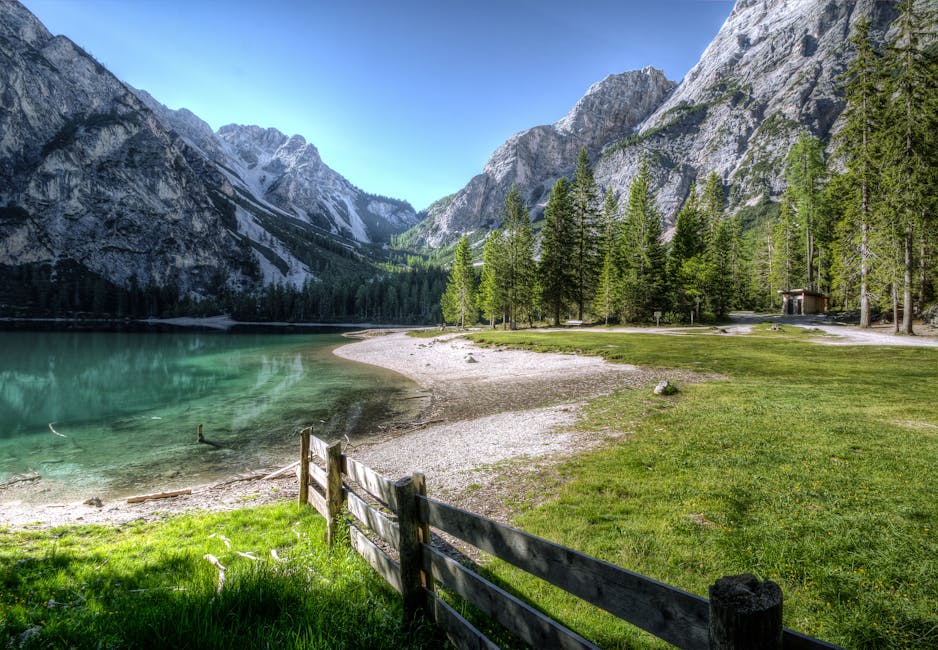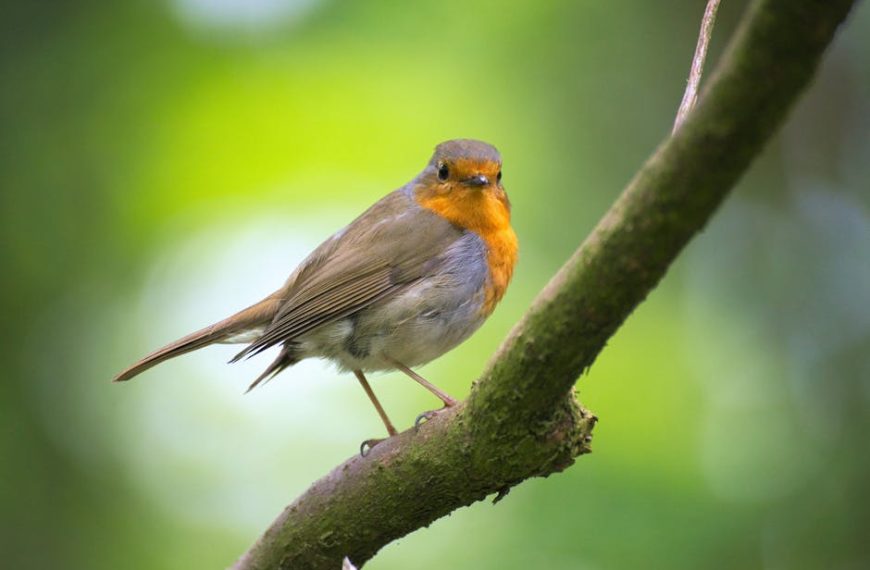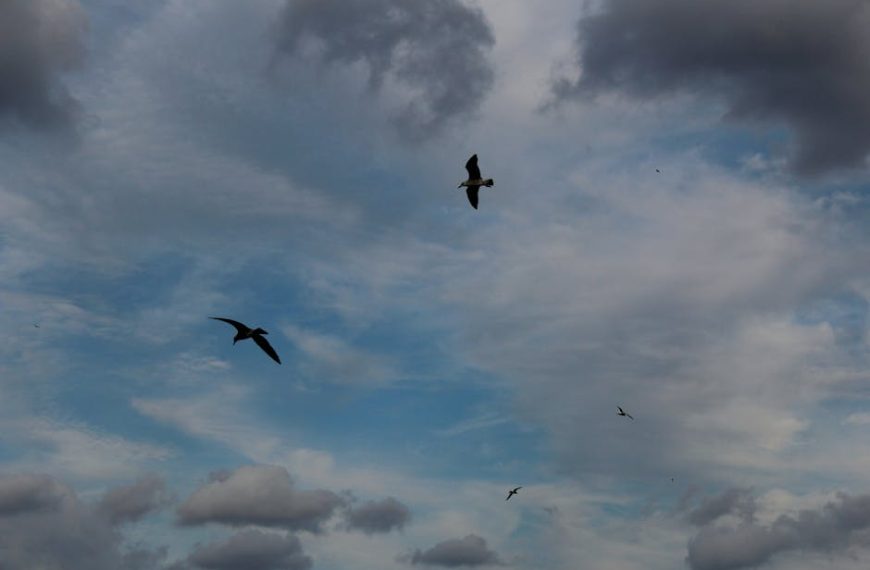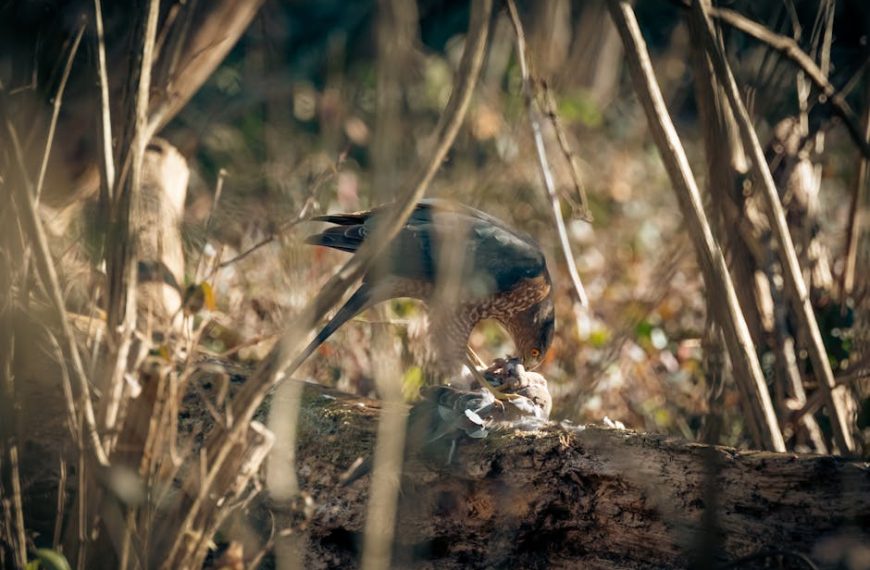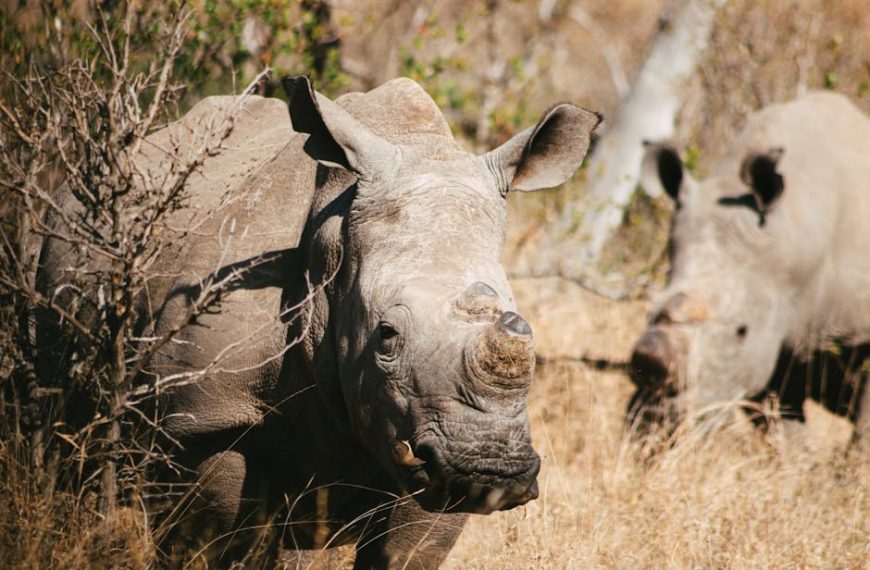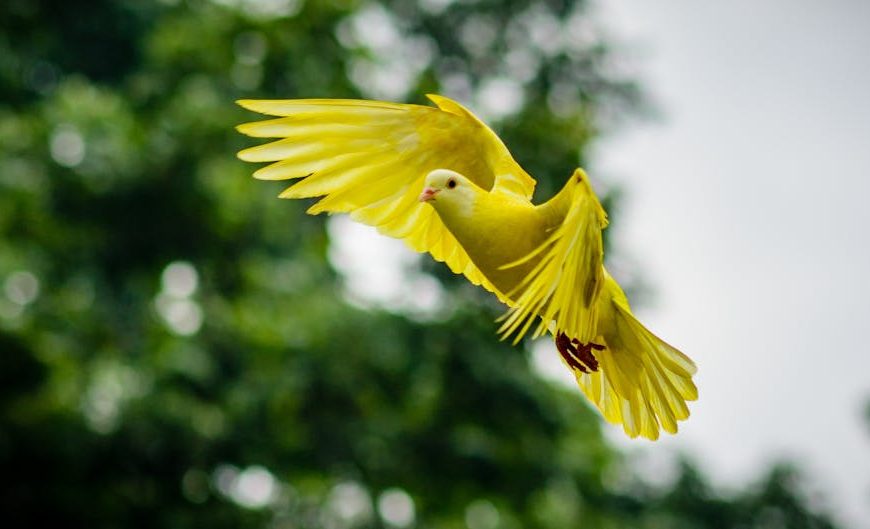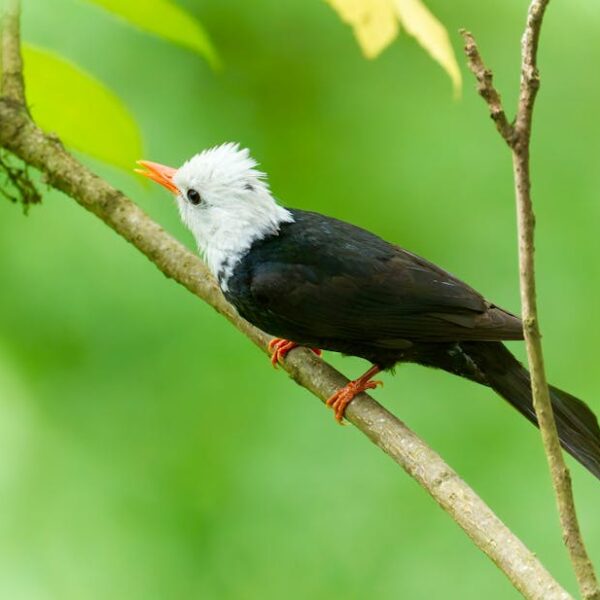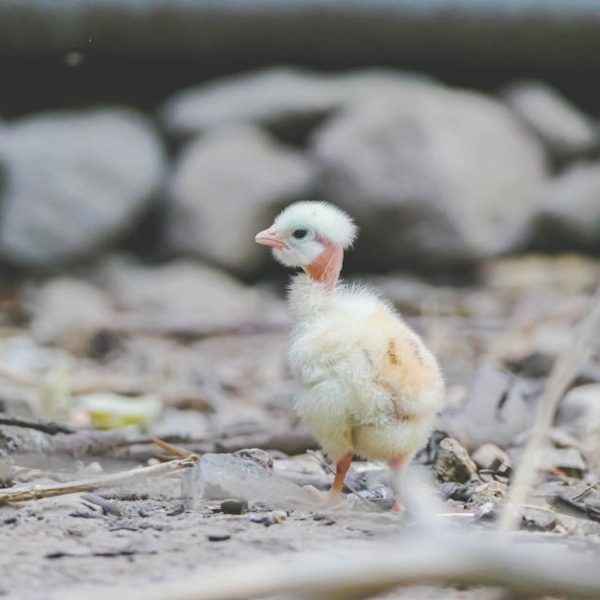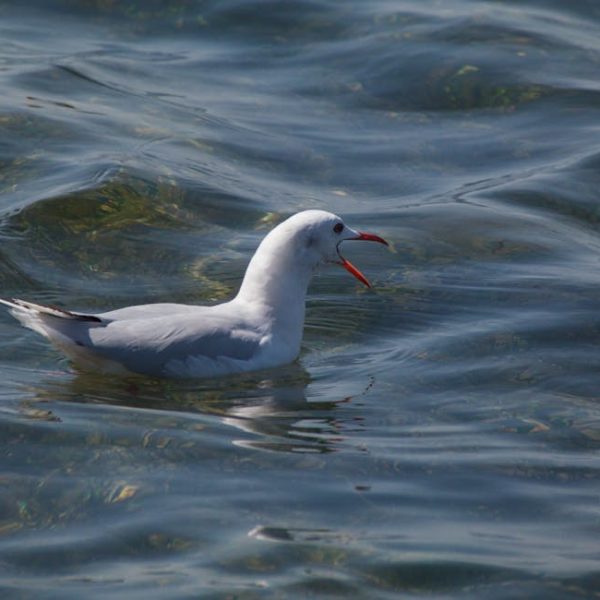From winding rivers to mountain vistas, Lamar Valley in Yellowstone National Park is a geographical marvel that boasts a unique mix of terrain and thus a diverse mix of bird species. As a prime example of a wildlife-rich ecosystem, Lamar Valley harbors an estimated 60% of North America’s bird species, making it a premier spot for ornithologists and bird enthusiasts alike. Yet, the importance of Lamar Valley isn’t just in its bird count, but also in what these birds represent: a window into its intricate and delicate ecosystem. Our journey into the heart of this avian paradise promises to be as engaging as it is insightful, focusing not just on the birds, but also on their interplay with the surrounding environment.
Befitting its status as an ecological stronghold, Lamar Valley serves as a diverse habitat for a multitude of bird species across the year. Proximity to water bodies provides a constant supply of fresh water and fish. Abundant insect populations feed on vegetation, providing food for the birds. The diverse landforms and varied climate conditions also play a part, with different bird species preferring different types of habitats.
Comparatively, Lamar Valley’s bird population far exceeds other similar habitats, offering refuge to a vast array of bird species. For example, the Great Smoky Mountains National Park, a similar ecosystem, is home to 60 bird species in comparison to Lamar’s 150 species. This contrasting illustration highlights only one facet of Lamar Valley’s ecological significance with respect to its bird population.
Moving from the macro to the micro, let’s delve into detailing some of the prevalent bird species found in Lamar Valley. The American Kestrel, with its fierce red eye and distinct swooping pattern; Bank Swallows that carve their nests on the river banks; the Western Meadowlark, known for its cheerful song; and the Mountain Bluebird – a sight to behold with its vibrant azure feathers. While we could spend hours describing these remarkable species, one thing is clear — their diversity and abundance add up to an ecosystem that’s teeming with life.
Recognizing these species in their natural habitat can be a challenge, but a few best practices can assist. Keep an eye out for distinct characteristics like the Kestrel’s hovering flight pattern. Look for the Bank Swallow’s distinctive nesting habits. Listen carefully to identify the Western Meadowlark’s clear whistling song. And don’t miss the Mountain Bluebird’s standout bright blue feathers.
That said, it’s important to remember that this rich avian diversity doesn’t exist in isolation. Numerous factors influence the bird species count in Lamar Valley, from the shifting seasons to the availability of food, while human interference and potential predators add further layers of complexity. These dynamic elements can lead to adverse impacts. An unseasonably harsh winter, for instance, can upset the food chain, potentially leading to dramatic shifts in certain bird populations. Similarly, increased human activity can intimidate bird species and disrupt their natural behavior. Keeping these considerations in mind is essential to understanding and preserving this wondrous avian ecosystem. Continuing on from these complexities, one might question what can be done to maintain, and even increase, the bird species count in Lamar Valley? Here, conservation efforts come into play. These efforts include initiatives from local organizations, birdwatchers, and national park regulations that work to protect and sustain the bird populations.
Local organizations like birdwatching clubs and wildlife conservation groups conduct regular surveys and bird counts, allowing for close monitoring of species and their habits. Birdwatchers play an essential role in these efforts, providing valuable data to these groups while also helping to spread awareness about the importance of these species. National park regulations also contribute, limiting harmful human interference, and promoting responsible tourism. Thus, through collective efforts, the sustainability of the Valley’s bird species is wholly possible.
However, there are pros and cons with these actions as well.
💡 Pro Tip: Participation in these conservation activities, besides being beneficial to our environment, can be a great way to learn more about the rich bird life in Lamar Valley.
| Activity | Pros | Cons |
|---|---|---|
| Regular Bird Surveys | Awareness about different species, seasons, etc. | Demands high level of interest & commitment |
| Conscious Tourism | Financial support to conservation efforts | Potential threat due to ignorance, carelessness |
| Supporting Local Organizations | Contribution to conservation activities directly | Requires monetary investment |
We’ve spoken a lot about birds and conservation, but what if you want to set foot in Lamar Valley and experience the thrill of birdwatching firsthand? Here are some practical tips for a responsible visit:
- Disturbances should be kept minimal to avoid disturbing birds and their habitats.
- Trash should be disposed off appropriately.
- Stay on designated trails to minimize habitat destruction.
When it comes to tools, binoculars are essential. A field guidebook can also be helpful, particularly for beginners. And do remember, patience is key. Observing nature cannot be rushed.
In terms of timing, the periods between late spring to early summer, as well as late summer to early autumn are generally considered the best times for birdwatching in Lamar Valley.
So there you have it – a detailed deep dive into the bird species count in Lamar Valley. What awaits you is a journey filled with wonders of nature, joy for the spirit, and lessons in ecology. Happy birdwatching!
Key Takeaway:
- Lamar Valley, due to its geographic convenience, houses around 60% of bird species in North America making it a premier spot for bird enthusiasts.
- Seasonal changes, availability of food, human interference, and predatory threats influence the bird species count in Lamar Valley.
- Conservation efforts by local organizations, birdwatchers, and national park regulations play a primary role in maintaining this rich avian diversity.
- Responsible tourism, high level of commitment, and monetary investment are vital in supporting further conservation activities.
Ending on a positive note, the bird species count in Lamar Valley symbolizes its significant role in maintaining biodiversity. The combined efforts of each individual, from a simple birdwatcher to large conservation organizations, have profound impacts on the bird ecosystem. As we navigate through life, let’s remember to cherish and respect our feathered friends.
FAQs
Q: How does the bird species count contribute to biodiversity?
A: A high bird species count indicates a robust and balanced ecosystem and reflects a region’s overall biodiversity. Birds play crucial roles like seed dispersal and pest control, promoting plant diversity and healthy ecosystems.
Q: Why is human interference a significant factor affecting the bird species count?
A: Frequent human visits and habitat disturbances can disrupt bird behaviors and breeding cycles, which can negatively influence the bird population.
Q: Does climate change impact bird species count in Lamar Valley?
A: Climate change can affect bird populations by altering their habitats and food supply, leading to changes in species count.
Q: How can I contribute to the conservation efforts in Lamar Valley?
A: As an individual, you can contribute by practicing responsible tourism, participating in bird surveys, donating to local conservation organizations, or spreading awareness about the importance of bird species.
Q: Are there best times for bird watching in Lamar Valley?
A: The periods between late spring to early summer, as well as late summer to early autumn, are generally considered the best times for bird watching in Lamar Valley.
Please share this article to raise awareness about conservation and birdwatching in Lamar Valley and be sure to explore more posts on our website.
